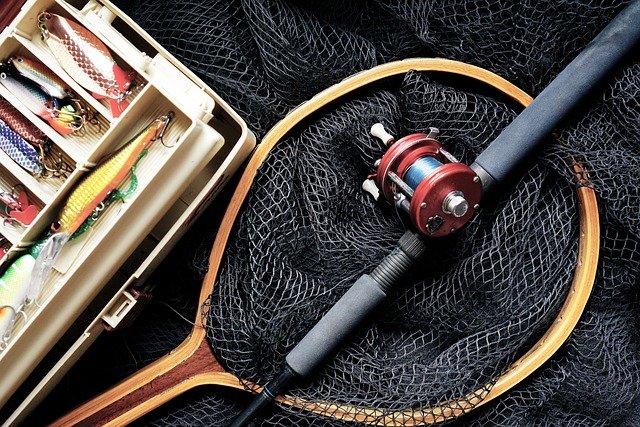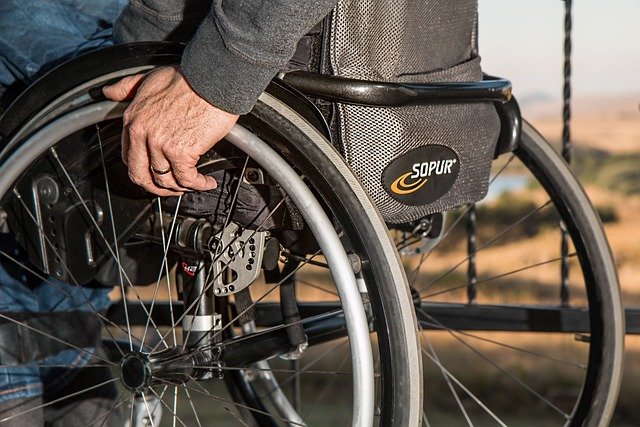Crappie Boats: A Practical Guide to Choosing, Outfitting, and Using Boats for Crappie Fishing
Crappie fishing requires specialized equipment and techniques to maximize success on the water. The right boat setup can make the difference between a productive fishing trip and coming home empty-handed. Understanding boat types, essential gear, and proper maintenance ensures anglers can pursue these popular panfish effectively throughout the fishing season.

Crappie fishing represents one of the most rewarding freshwater angling experiences, combining technical skill with the right equipment. Success depends heavily on having a properly equipped vessel that allows anglers to navigate shallow waters, position accurately near structure, and maintain stealth while targeting these sensitive fish.
Types of Crappie Boats and How to Choose the Right One
Selecting the appropriate boat depends on fishing locations, budget, and personal preferences. Jon boats remain the most popular choice for crappie fishing, offering shallow draft capabilities and stable platforms for casting. These aluminum vessels typically range from 14 to 18 feet, providing excellent maneuverability in tight spaces around fallen trees and brush piles where crappie congregate.
Bass boats offer another excellent option, particularly for anglers fishing larger bodies of water. Their deeper hulls provide better rough-water handling, while spacious decks accommodate multiple anglers and extensive gear storage. Pontoon boats work well for family fishing trips, offering comfort and stability but sacrificing some maneuverability in tight quarters.
Flat-bottom boats excel in extremely shallow water, allowing access to areas other vessels cannot reach. However, they sacrifice some stability in choppy conditions. Consider water depth, typical weather conditions, and the number of regular fishing companions when making this important decision.
Key Features and Essential Gear for Crappie Fishing Boats
Successful crappie boats share several critical features that enhance fishing effectiveness. Rod storage systems keep multiple rigs organized and readily accessible, as crappie fishing often requires quick transitions between different presentations. Live wells maintain bait fish in optimal condition, crucial for successful crappie fishing.
Seating arrangements should prioritize comfort during long fishing sessions while allowing easy movement around the boat. Swivel seats enable quick position changes when following schools of fish. Storage compartments protect tackle from weather while keeping frequently used items within easy reach.
Carpeted decks reduce noise transmission into the water, helping maintain the stealth necessary for approaching spooky crappie. Non-slip surfaces prevent accidents during wet conditions, while adequate lighting systems extend fishing opportunities into low-light periods when crappie often feed most actively.
Electronics, Trolling Motors, and Power Options Explained
Modern electronics revolutionize crappie fishing by revealing underwater structure and fish locations. Quality fish finders with side-imaging capabilities help locate submerged timber, brush piles, and creek channels where crappie concentrate. GPS systems mark productive spots for future reference, building a database of successful fishing locations over time.
Trolling motors provide precise boat positioning essential for effective crappie fishing. Bow-mount motors offer superior control, allowing anglers to maintain position over structure while fighting fish. Consider thrust ratings based on boat size and typical wind conditions. Higher thrust ratings provide better control in challenging weather but consume more battery power.
Power options vary from small outboard motors for basic transportation to larger engines for covering extensive water quickly. Many crappie anglers prefer smaller, quieter motors that minimize disturbance while moving between fishing spots. Electric start features eliminate pull-cord struggles during cold weather fishing.
| Boat Type | Provider | Cost Estimation |
|---|---|---|
| 16ft Jon Boat | Tracker Marine | $8,000 - $12,000 |
| 18ft Bass Boat | Ranger Boats | $25,000 - $45,000 |
| 20ft Pontoon | Bennington | $20,000 - $35,000 |
| 14ft Flat Bottom | Alumacraft | $6,000 - $9,000 |
Prices, rates, or cost estimates mentioned in this article are based on the latest available information but may change over time. Independent research is advised before making financial decisions.
On-Water Strategies and Crappie Fishing Techniques
Effective crappie fishing requires understanding fish behavior and adapting techniques accordingly. During spring spawning periods, crappie move into shallow water near cover, making them accessible to anglers using light tackle and precise presentations. Summer finds these fish suspending over deeper structure, requiring different approaches and electronics to locate schools.
Vertical jigging proves extremely effective when fish hold tight to specific structure. Position the boat directly over brush piles or standing timber, then work jigs through different depths until locating active fish. Maintain quiet operation to avoid spooking nearby schools.
Trolling techniques cover water efficiently when searching for scattered fish. Use multiple rods with different lures to determine preferred presentations. Vary trolling speeds and depths based on seasonal patterns and water temperature conditions.
Care, Storage, and Seasonal Maintenance for Longevity
Proper maintenance extends boat life while ensuring reliable performance during critical fishing opportunities. Regular cleaning prevents algae buildup and removes fish scales, blood, and other organic matter that can cause odors and deterioration. Fresh water rinses after each outing remove salt, mud, and debris.
Seasonal maintenance schedules address different needs throughout the year. Spring preparation includes checking all systems after winter storage, testing electronics, and servicing motors. Summer maintenance focuses on cleaning and minor repairs between frequent fishing trips.
Winter storage requires thorough preparation to prevent freeze damage and deterioration. Drain all water systems, fog motors, and stabilize fuel systems. Cover boats completely to protect from weather and UV damage. Battery maintenance includes regular charging cycles and proper storage temperatures.
Inspect hull integrity regularly, addressing small issues before they become major problems. Check trailer components including tires, bearings, and lights to ensure safe transportation. Maintain detailed maintenance records to track service intervals and identify recurring issues.
Investing in quality crappie fishing equipment pays dividends through improved fishing success and reduced long-term costs. Proper boat selection, outfitting, and maintenance create the foundation for years of productive crappie fishing adventures across various water bodies and seasonal conditions.




